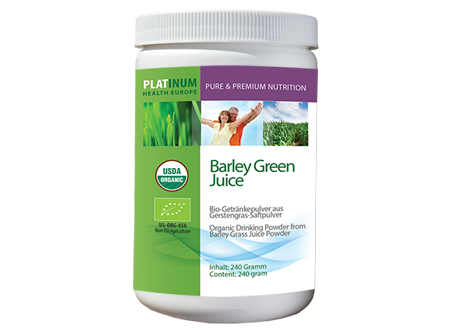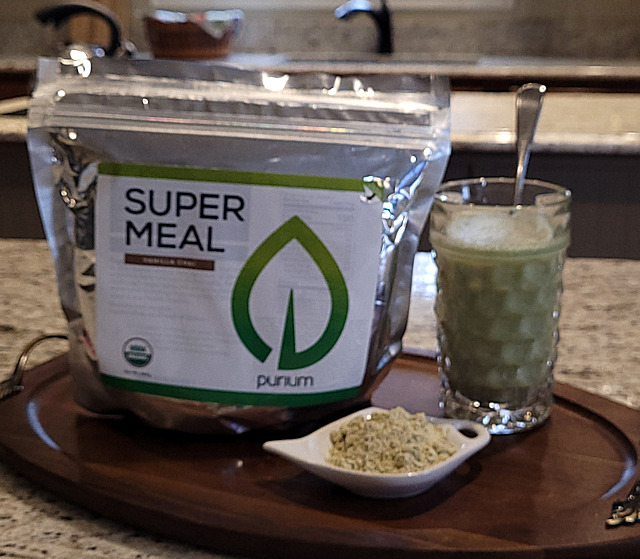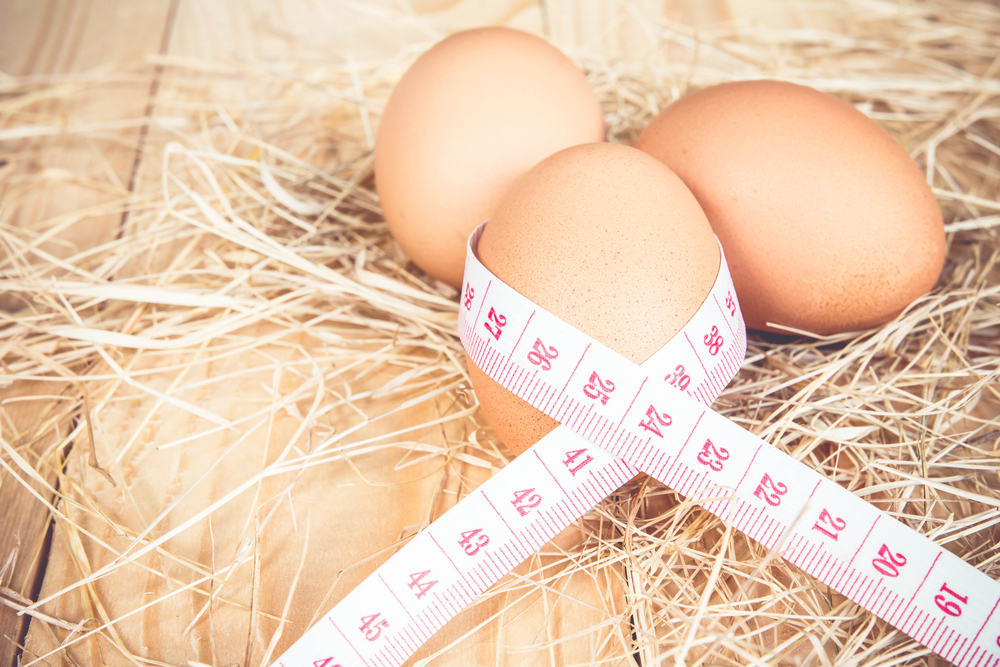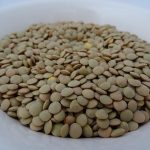Pantothenic acid, also known as vitamin B5, is a water-soluble vitamin that is part of the B-vitamin complex. It plays a crucial role in various bodily functions and is essential for the metabolism of carbohydrates, proteins, and fats.
Here are some key aspects of pantothenic acid:
- Energy Metabolism: Pantothenic acid is a key component of coenzyme A (CoA), which is involved in numerous metabolic pathways. CoA is essential for the breakdown of carbohydrates, proteins, and fats, releasing energy that the body can use.
- Synthesis of Fatty Acids: Pantothenic acid is necessary for the synthesis of fatty acids, which are essential components of cell membranes and play a role in various physiological processes.
- Stress Hormone Production: Coenzyme A, derived from pantothenic acid, is involved in the synthesis of stress hormones, such as cortisol. This makes pantothenic acid important for the body’s response to stress.
- Supports Skin Health: Pantothenic acid is often associated with promoting healthy skin. It contributes to the synthesis of skin-related substances and may aid in wound healing.
- Formation of Neurotransmitters: Pantothenic acid is involved in the production of acetylcholine, a neurotransmitter important for proper nerve signaling.
- Immune System Support: While the exact mechanisms are not fully understood, pantothenic acid is believed to play a role in supporting the immune system.
Food sources of pantothenic acid include a variety of whole foods, such as meat, poultry, fish, whole grains, and vegetables. Deficiency of pantothenic acid is rare due to its widespread presence in many foods.
Ensuring an adequate intake of vitamin B5 through a balanced diet contributes to overall health and supports the body’s energy metabolism and essential physiological processes.
Coenzyme A
Coenzyme A (CoA) is a crucial coenzyme and a key player in various metabolic processes within the cells of living organisms. It is derived from the B-vitamin pantothenic acid, specifically vitamin B5. CoA is involved in several essential biochemical reactions and serves as a cofactor for numerous enzymes. Here’s an explanation of what coenzyme A is and its functions:
- Energy Metabolism: Coenzyme A plays a central role in energy metabolism. It acts as a carrier for acetyl groups, which are key components in the breakdown of carbohydrates, proteins, and fats. Acetyl groups are transferred by CoA to the citric acid cycle (Krebs cycle), where they participate in the production of energy in the form of adenosine triphosphate (ATP).
- Fatty Acid Synthesis: CoA is crucial for the synthesis of fatty acids. During this process, acetyl groups carried by CoA are used to build long-chain fatty acids, which are essential components of lipids and cell membranes.
- Detoxification: CoA is involved in the detoxification of certain substances, aiding in the breakdown and elimination of toxins and drugs from the body.
- Synthesis of Acetylcholine: CoA is required for the synthesis of acetylcholine, a neurotransmitter that plays a role in nerve impulse transmission.
- Cholesterol Synthesis: CoA is involved in the synthesis of cholesterol, a crucial component of cell membranes and a precursor to various hormones.
- Amino Acid Metabolism: CoA participates in the metabolism of amino acids, helping convert them into other compounds as needed by the body.
Coenzyme A acts as a carrier molecule, shuttling acetyl groups and participating in various metabolic pathways that are fundamental to cellular function. Its versatility makes it a critical component in the intricate web of biochemical processes that sustain life. The synthesis of CoA is dependent on an adequate supply of pantothenic acid (vitamin B5), emphasizing the importance of this B-vitamin in supporting overall metabolic health.
Good Sources of Pantothenic Acid
Pantothenic acid, also known as vitamin B5, is found in a variety of foods. Including these sources in your diet can help ensure an adequate intake of this essential vitamin. Here are some good food sources of pantothenic acid:
- Meat: Poultry, such as chicken and turkey, as well as beef and pork, are rich sources of pantothenic acid.
- Fish: Fish, including salmon, tuna, and trout, contains significant amounts of pantothenic acid.
- Whole Grains: Whole grains like brown rice, whole wheat, and oats are good sources of pantothenic acid.
- Legumes: Lentils, chickpeas, and other legumes provide pantothenic acid along with other essential nutrients.
- Dairy Products: Milk, yogurt, and cheese contain pantothenic acid. Opt for low-fat or non-fat dairy options for a healthier choice.
- Eggs: Eggs, especially the yolk, are a source of pantothenic acid.
- Vegetables: Various vegetables, including broccoli, avocados, sweet potatoes, and mushrooms, contain pantothenic acid.
- Nuts and Seeds: Sunflower seeds, peanuts, and almonds are examples of nuts and seeds that provide pantothenic acid.
- Fortified Foods: Some processed foods, like certain breakfast cereals, may be fortified with pantothenic acid.
- Organ Meats: Liver and kidney meats from animals are particularly rich in pantothenic acid.
It’s important to maintain a balanced and varied diet to ensure you get a range of essential nutrients, including pantothenic acid. While deficiencies in pantothenic acid are rare due to its widespread presence in foods, a diverse diet contributes to overall health and well-being. If you have specific dietary concerns or restrictions, it’s advisable to consult with a healthcare professional or a registered dietitian.
Purium Products that Contain Pantothenic Acid
A diverse diet contributes to overall health and well-being! Are you getting enough Vitamin B5? #HealthSurgeon
READ MORE: 7 Nuts For Your Heart
Sources:
https://www.ncbi.nlm.nih.gov/pmc/articles/PMC7731229/
https://ods.od.nih.gov/factsheets/PantothenicAcid-HealthProfessional/









